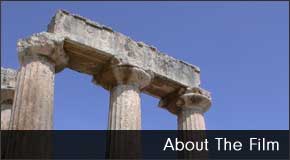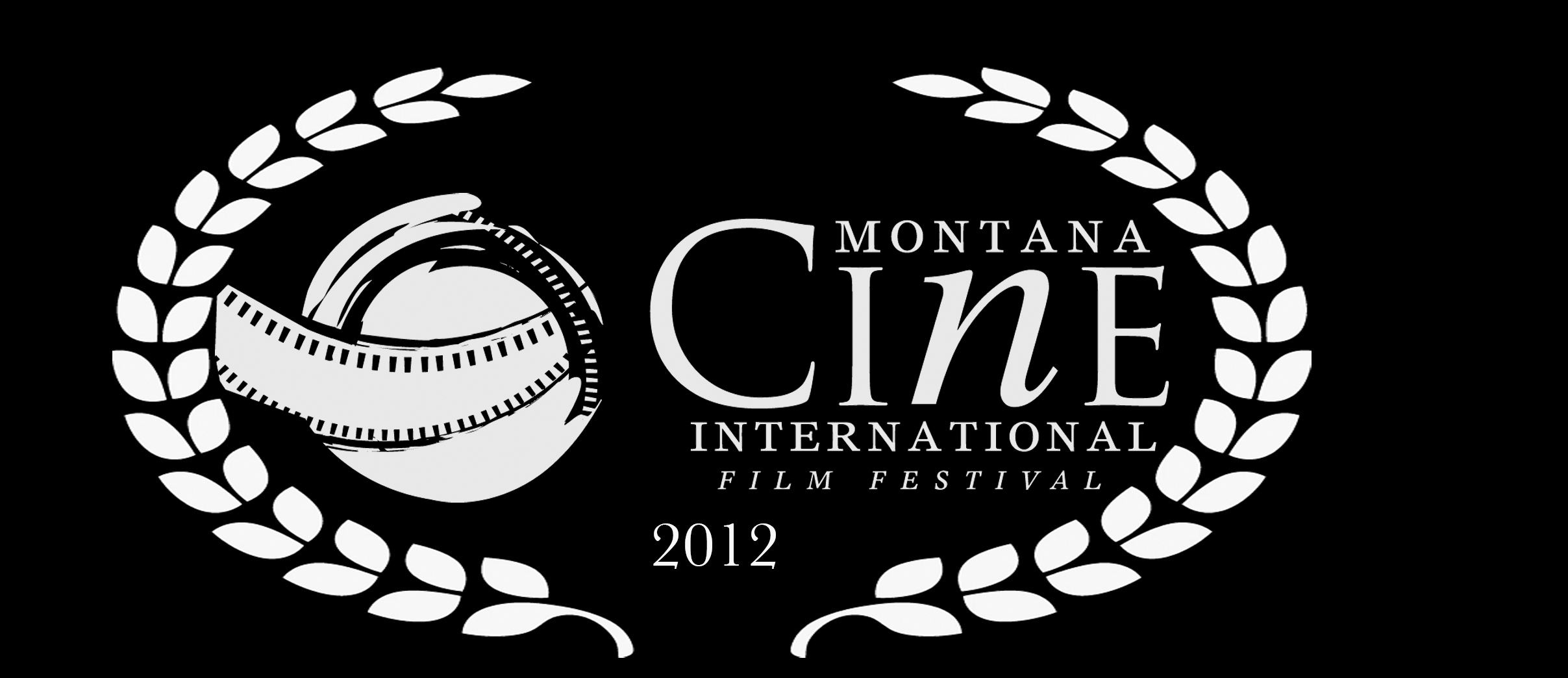Grim: Indigenous ‘lifeways’ can inform modern understanding of the universe
June 26, 2013
http://chqdaily.com/2013/06/26/grim-indigenous-lifeways-can-inform-modern-understanding-of-the-universe/
John Grim’s Tuesday Interfaith Lecture brought the cosmological stories of indigenous peoples into a dialogue with “Journey of the Universe,” a documentary film dedicated to revealing the intimate interdependence and creativity of the universe.
A senior research scholar at Yale University, Grim co-produced “The Journey of the Universe” alongside his wife and colleague Mary Evelyn Tucker, who spoke about the film at Monday’s Interfaith Lecture. Grim has studied a variety of Native American cultures, especially how they conceptualize their relationships with the land and the cosmos.
Grim prefaced his lecture by saying, “I take it for granted that indigenous peoples must be included in these discussions, both because of their cultural proximity to local ecosystems and because of their history of resistance to development that degrades their homelands.”
One particular aspect of indigenous cultures that characterizes their relationships with the universe is what Grim calls a “lifeway.”
“A lifeway is a pervasive and seamless connection between the economy, the lifestyle, the ritual activity, the politics of a people,” Grim said.
Cosmological understanding cannot be separated from an indigenous people’s social and political activities or how they interact with nature. Behind those activities is the idea that the world is living, relational and full of meaning.
Grim’s first example was that of the native peoples of the northwest Amazon in Colombia. According to their cosmologies, their ancestors arrived to the region by canoes, carried by anacondas from the east. From the bodies of the anacondas came rivers, rapids and waterfalls. From the ancestors and the canoes came the cultural roles of the indigenous people, such as shaman, dancer, hunter or gatherer. For the native peoples, nature and culture are distinct but also interwoven.
“All serve to align the energies of the sun so that life may flourish,” Grim said.
The common origin of all parts of the world, as seen by the Amazonian natives, affects how those natives interact with the rivers and forests.
“Although rivers receive some cosmic energy from the initial anaconda journey, their principal energy proceeds from the adjacent forest,” Grim said. “Riverine vegetation is very important in native ecology because most fish are said to depend on it.”
The Amazonian natives forbid the cutting of vegetation near the riverbanks. In their understanding, the river receives its life force from the forest and the terrestrial animals that come to drink from it.
Grim describes the natives’ creation myth as a “lived cosmology.”
“While seemingly imparted in a mythic past, for these people, the time-space of creation is a past that is present and still informing their future,” Grim said.
Grim then redirected the audience’s attention to the stars.
“The majority of you and I and everything around us comes from the intense heat of a supernova — a star’s collapse and the ejection of these foundational elements into the universe,” Grim said.
Long before scientists determined that the elements of life had their beginnings in stars, the North American Crow people — among other indigenous peoples — intuited that the stars were their ancestors.
“Thus the Crow see their lifeway, namely the seamless interweaving of the many dimensions of individual, social and ecological life, as having emerged in a cosmological vision of stars,” Grim said.
Grim then recounted the words of a Crow educator who described the seven entities — the heavens, air, fire, earth, water, plants and animals — that teach the Crow people.
“The teachings of these seven entities provide the basis of our beliefs,” Grim said. “Their precepts have shaped the innate understandings of Crow nationhood. They have become the guiding force of an entire lifeway, providing our sense of right and wrong and our attendant sense of values and ethics.”
The Crow people’s cosmological stories intimately link them with the rest of the world, both in the sense of ancestry and of wisdom.
Grim ended his tour of indigenous cosmologies with those of the Navajo people. He introduced a sacred phrase in the Navajo language: “Sa’ah naaghaii bik’eh hozho,” often rendered in English as “long life and happiness into old age.”
“In Navajo usage, this phrase acts as a cultural intuitive and performative marker with mythical references of intense significance for the people,” Grim said. “So, for the Navajo, sa’ah naaghaii — long life — and bik’eh hozho — happiness — are the central animating powers of the universe, and, as such, they produce a world described as hozho, the ideal environment of beauty, harmony and happiness.”
In Navajo cosmology, all things, such as mountains and people, have both inner and outer forms. To achieve well-being, the inner forms must harmonize with sa’ah naaghaii and the outer forms must harmonize with bik’eh hozho.
Grim asserted that “Journey of the Universe” is only one telling of the story of the universe; it does not replace the others.
“At this point in human history, our populations and our technologies often stand apart from our cosmological understandings of ourselves,” Grim said.
It is in this context that the value in the wisdom of indigenous peoples can be seen.
“ ‘Journey of the Universe’ articulates, perhaps as never before, a new story that brings together the wisdom strands of the human for a new weaving,” Grim said. “What remains so elusive is that deeply felt intuition of the whole loom that we are. How are we going about transforming ourselves so the larger journey endures in us? How will we reweave ourselves into the fabric of our journey?”












 Share Article
Share Article 
Reader Comments